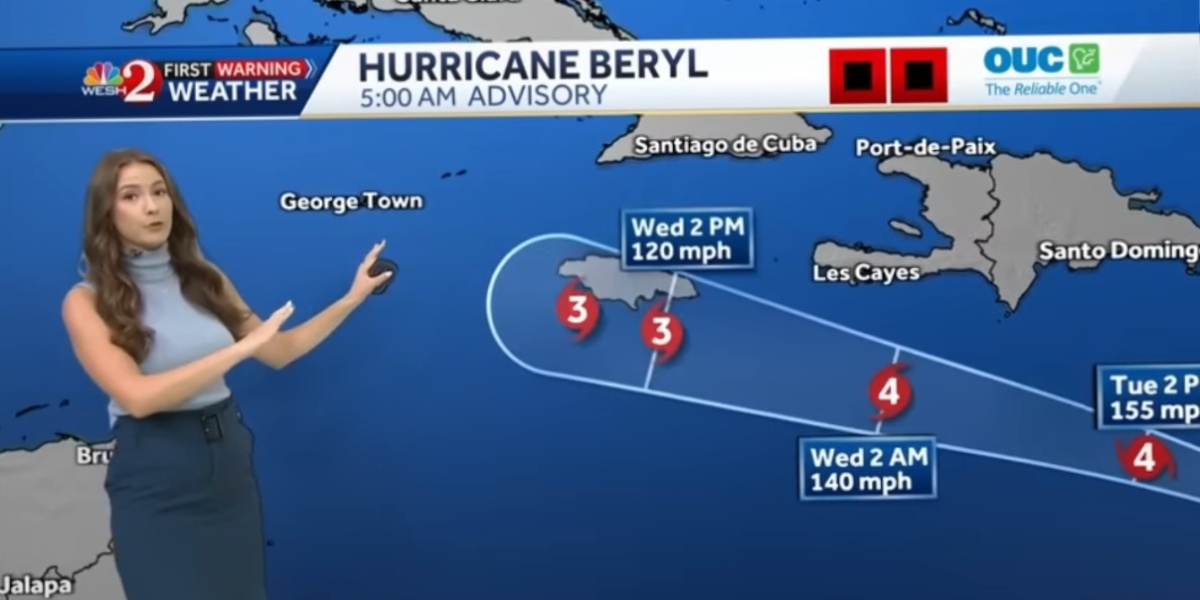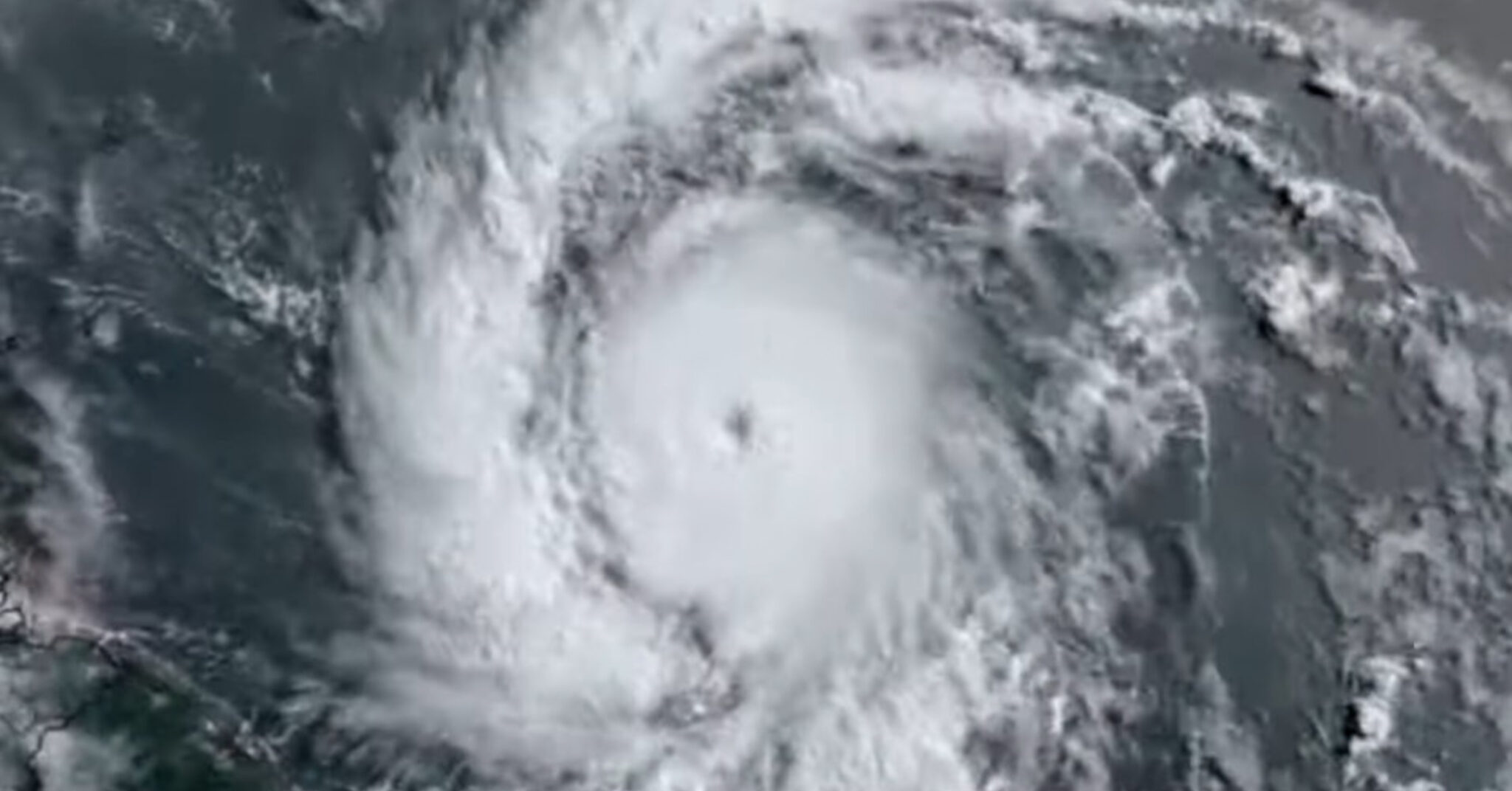Hurricane Beryl’s Current Status and Impact: Hurricane Beryl Now

Hurricane Beryl, a Category 1 hurricane, has formed in the Atlantic Ocean and is currently located approximately 1,000 miles east of the Lesser Antilles. The hurricane has maximum sustained winds of 85 mph and is moving west-northwest at 14 mph.
Beryl is expected to strengthen as it moves over warmer waters in the coming days. The National Hurricane Center has issued a hurricane watch for the Leeward Islands, including Guadeloupe, Dominica, Martinique, and St. Lucia. A tropical storm watch is in effect for Barbados, St. Vincent and the Grenadines, and Grenada.
Coastal areas in the path of Hurricane Beryl could experience strong winds, heavy rain, and flooding. Inland regions could also be affected by flooding and mudslides. Residents in affected areas should closely monitor the storm’s progress and be prepared to take action if necessary.
Evacuation Orders, Hurricane beryl now
Evacuation orders have been issued for some coastal areas in the Leeward Islands. Residents in these areas should follow the instructions of local officials and evacuate to higher ground if necessary.
Historical Context and Past Hurricanes

Hurricane beryl now – Hurricanes have a long and destructive history in the region where Hurricane Beryl is currently active. The area has been hit by numerous hurricanes over the centuries, some of which have caused widespread damage and loss of life.
One of the most notable hurricanes to hit the region was the Great Galveston Hurricane of 1900. This Category 4 hurricane made landfall on the island of Galveston, Texas, on September 8, 1900, with winds of up to 145 miles per hour. The storm surge caused by the hurricane was over 15 feet high, and it flooded much of the island. The Great Galveston Hurricane killed an estimated 8,000 people, making it one of the deadliest hurricanes in US history.
Another major hurricane to hit the region was Hurricane Katrina in 2005. This Category 5 hurricane made landfall on the Gulf Coast of the United States on August 29, 2005, with winds of up to 175 miles per hour. Hurricane Katrina caused widespread damage and flooding in the Gulf Coast states, particularly in New Orleans, Louisiana. The storm killed over 1,800 people and caused an estimated $160 billion in damage.
Lessons Learned and Mitigation Measures
The lessons learned from past hurricanes have led to a number of measures being taken to mitigate hurricane damage in the region. These measures include:
- Building stronger and more resilient buildings
- Improving evacuation plans
- Investing in flood control measures
- Educating the public about hurricane preparedness
These measures have helped to reduce the impact of hurricanes in the region, but they cannot completely eliminate the risk of hurricane damage. It is important for residents of the region to be aware of the hurricane risk and to take steps to prepare for hurricanes.
Hurricane Beryl now poses a minimal threat to the Gulf Coast, but it’s always wise to stay informed about the latest weather updates. For detailed local forecasts and storm tracking, head over to wlwt weather. Keep a close eye on Hurricane Beryl’s path and take necessary precautions as advised by local authorities.
Hurricane Beryl, a tropical cyclone that has been making its presence felt in the Atlantic Ocean, is now gaining strength as it moves towards the Caribbean. With winds reaching up to 75 mph, Beryl is expected to intensify further in the coming days, bringing heavy rainfall and potential flooding to the islands in its path.
Stay tuned for the latest updates on Hurricane Beryl’s progress and its potential impact on the region.